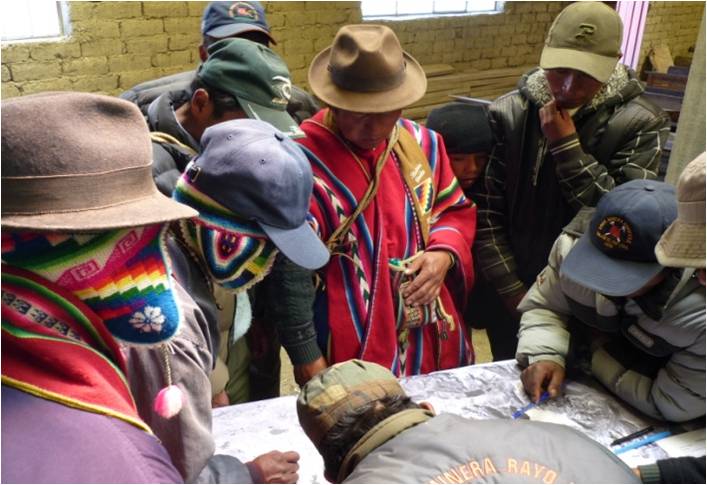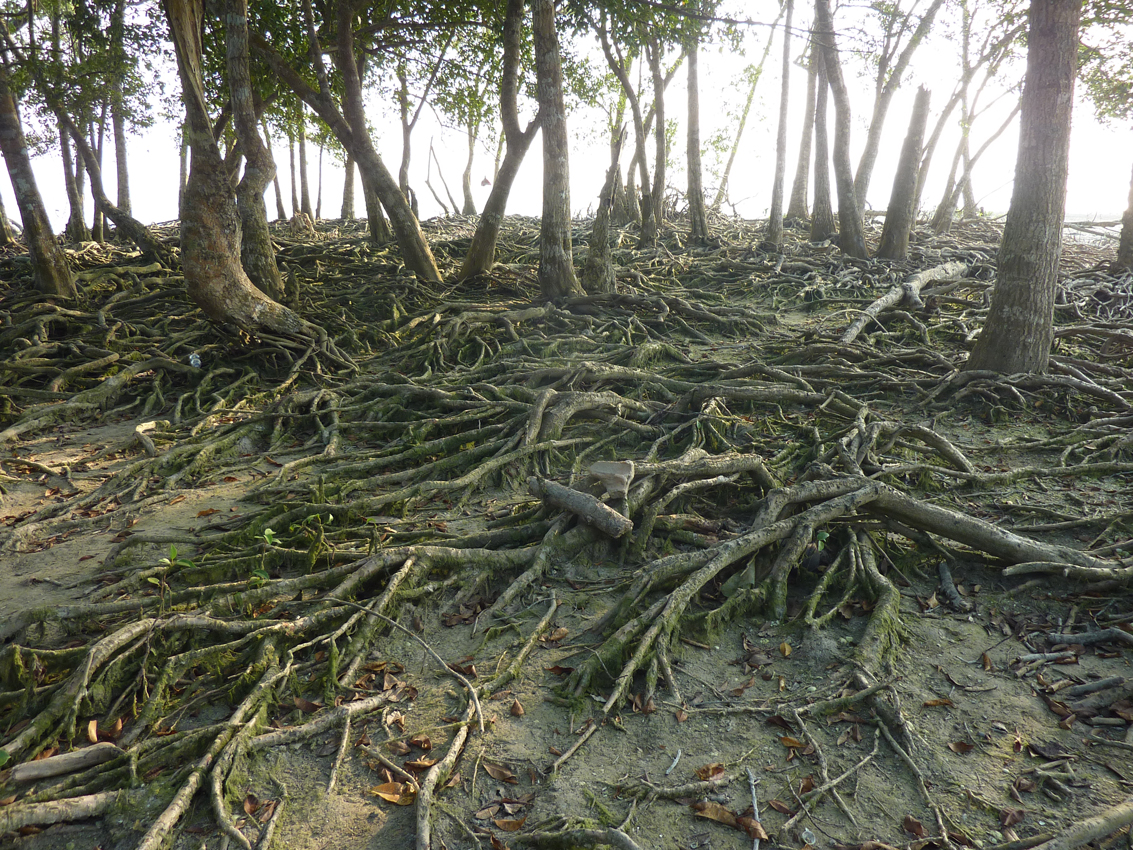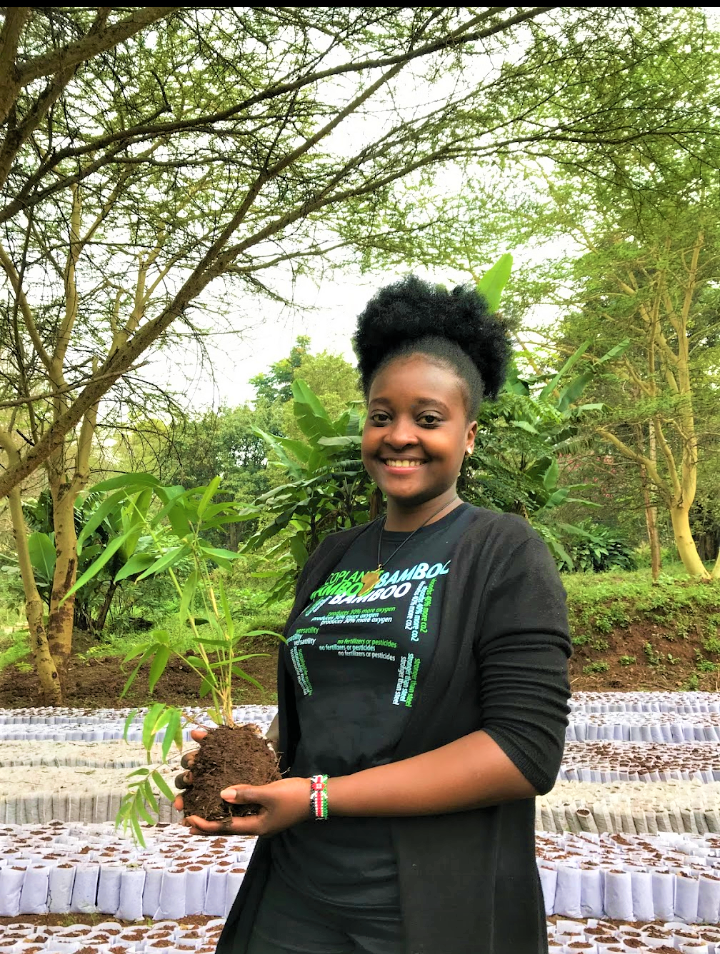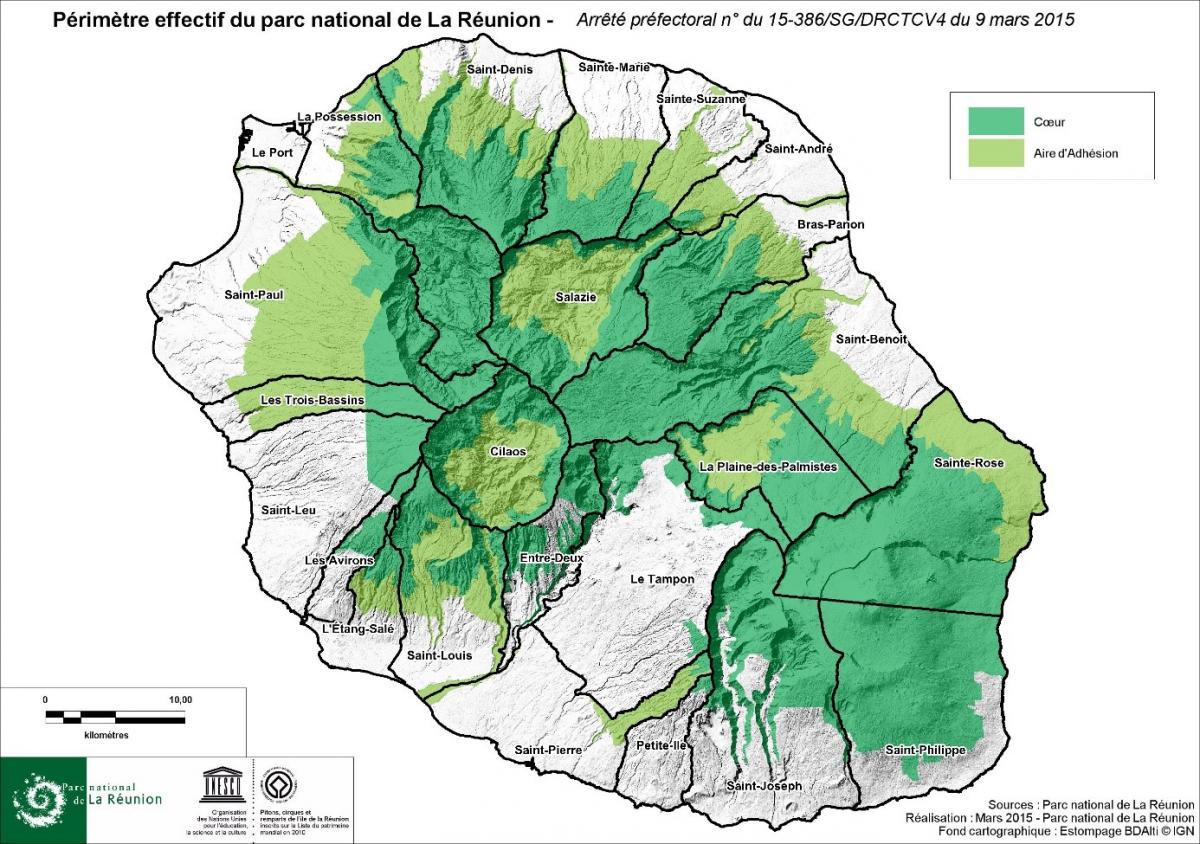Regaining their rights—indigenous peoples and World Heritage
More than a status symbol, World Heritage sites often play a pivotal role in sustaining the livelihoods and cultures of indigenous peoples and local communities who have lived in harmony with their lands and resources for centuries.

Photo: IUCN
The enduring relationship between indigenous peoples and local communities and World Heritage is drawing growing global attention but there is a great deal of work to be done to ensure that local people are meaningfully and effectively treated as key partners. In many cases they have been marginalised or excluded from decisions affecting their lives, land and resources.
In the words of Irina Bokova, Director-General of UNESCO: “World Heritage is a building block for peace and sustainable development. It is a source of identity and dignity for local communities, a wellspring of knowledge and strength to be shared. In 2012, as we celebrate the 40th Anniversary of the UNESCO World Heritage Convention, this message is more relevant than ever.”
To make this message a reality, greater efforts are needed to ensure that community rights and concerns are better reflected when sites are being nominated for World Heritage Listing.
IUCN promotes a rights-based approach to conservation. This means essentially that conservation measures should respect the rights of people and is an approach that can and should be applied also to World Heritage.
As the official advisory body to UNESCO on natural World Heritage, IUCN is obliged to operate by the rules of the Convention, but has also the mandate of its Members to implement conservation in a way that supports the rights and interests of indigenous peoples and local communities. To this end, IUCN is implementing measures to improve its process of evaluating World Heritage nominations to better reflect community and rights concerns.
“There are many human rights issues to address in conservation —issues such as restrictions on access to resources or to sacred sites, land tenure insecurity, oppressive enforcement measures, lack of participation in decision-making, and so on,” explains Gonzalo Oviedo, IUCN’s Senior Social Policy Adviser.
“We want to see indigenous peoples and local communities meaningfully involved in the development and implementation of laws, policies and plans when it comes to designating new sites for World Heritage. Their livelihoods, knowledge, traditions and cultural values must be safeguarded,” he adds.
There are some examples of progress. In the Laponian Area of Sweden, in the Arctic Circle, an agreement has been reached between the Swedish Government and the native Saami reindeer herders that ensures their participation in the area’s management.
Tongariro, New Zealand’s oldest national park, is managed by the New Zealand Department of Conservation in partnership with the Maori on all significant issues of the park, especially where cultural values are involved.
Find out more about what IUCN is doing on the isuse of people and protected areas.



